How to Become a Multi-Location Service Business
Looking to expand and grow your revenue streams? Learn the key considerations and steps to successfully become a multi-location service business.
When expanding your business, you want to grow without a hitch. Learn the key mistakes to avoid when becoming a multi-location home improvement business.
Opening a multi-location business is an incredible achievement. It’s an opportunity to expand your footprint, grow your profits, and serve even more customers.

You get a new business location, and you get a new business location, and you get a new business location…!
While undertaking an expansion is an exciting period in any business owner’s life, it’s also an inflection point. If you don’t look for potential weaknesses or threats, you might miss out on possible strengths and opportunities.
We’ve rounded up 12 of the most common mistakes multi-location businesses can make and sectioned them off into marketing, sales, and revenue categories for your convenience. As you consider new strategies for your additional locations, keep an eye out for these potential pitfalls so you can ensure a successful expansion.
A solid marketing strategy feeds your sales team and fuels your growth. In a survey sent to top salespeople, 94% said the leads they receive from marketing are “excellent” or “good.”
While your marketing strategy for your single-location business might have been a well-oiled machine, things change as you expand. Four of the most common multi-location marketing mistakes include a lack of brand consistency, missing out on local ad opportunities, not optimizing local listing profiles, and skipping out on segmentation.
Once you open up a second location, you are no longer just managing a business–you’re building onto your brand. And strong brands rely on consistent messaging and visuals to thrive.
When your brand’s presence is inconsistent, it creates confusion for your audience. This means your look, tone, and mission should be constant across locations. Otherwise, you risk your audience being unsure whether your business in town is affiliated with your location in the next county over.
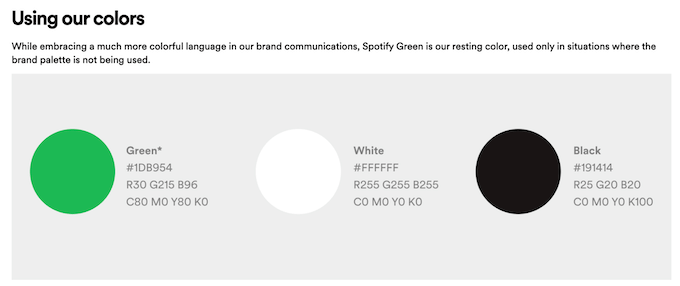
An established brand like Spotify has clear guidelines around its visual identity. Image source
An inconsistent look and feel for your brand can erode trust and translate into missed opportunities. Invest in creating a brand guide—with rules for using your colors, logo, voice, and tone–to ensure all your locations are immediately identifiable as part of the same business.
As a multi-location business, you have a chance to position yourself as a local provider—and to take advantage of advertising tactics that support local businesses.
Surveys reveal that 82% of consumers have done a “near me” search from their phones, and 60% click on the first search result.
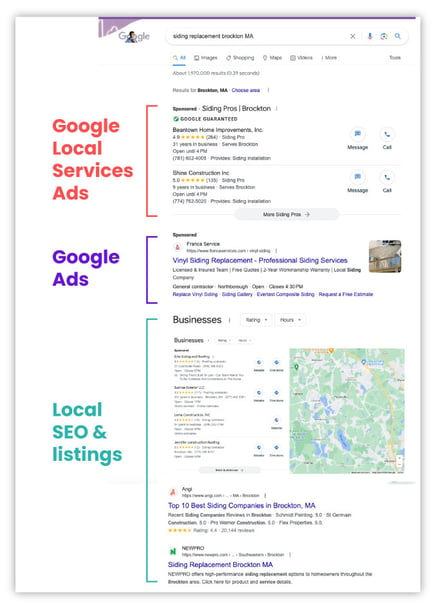
Engaging in local marketing tactics gives you a better shot at appearing in location-specific results. And according to the aforementioned survey, appearing in the “near me” searches is likely to give you a boost of engagement with your customers.
To strengthen your local marketing and advertising presence, here are some tactics to consider:
Consumers don’t want to do the heavy lifting to find a nearby provider. If it’s not immediately apparent to someone that your business operates in their geographic area, they will move on to a provider they’re sure can help them.
That’s why optimizing your local listings profiles for each of your locations is crucial.
To give your business the best shot at being seen by the right leads, establish a presence on top local listings sites for each of your locations with all the important details:
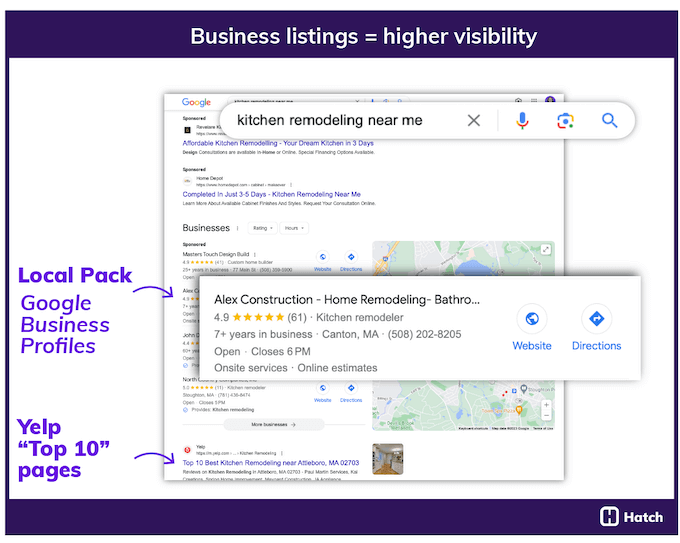
Audience segmentation is a valuable marketing tactic for any business, and plays a unique role for multi-location businesses.
Segmentation allows you to target consumers with messaging that’s especially relevant to them. You can segment your audience by any number of factors (demographics, purchase history, etc.), and segmenting by geography ensures your audience sees the content for your nearest location.
Not sure where to start? Here are some areas where you can implement segmentation techniques.
Your marketing team has attracted solid leads; your sales process will convert them to customers. As with marketing, you may have developed a winning formula at your original location, but you can’t expect to recreate the exact experience and see identical results.
Some businesses fall into the trap of being too comfortable with their single location sales strategy and they keep the same pricing for all locations, rely only on their old networks, continue using old customer service systems, and they don’t automate any of their follow-up. When you become a multi-location business, you need to reassess your sales strategy and watch for these common mistakes.
Your new audience will have unique needs and characteristics. The area may be filled with antique homes, while your other locations serve mostly new builds. Or the families near one location may have a higher median income than others. These differences in your audiences necessitate adjustments to your pricing and services.
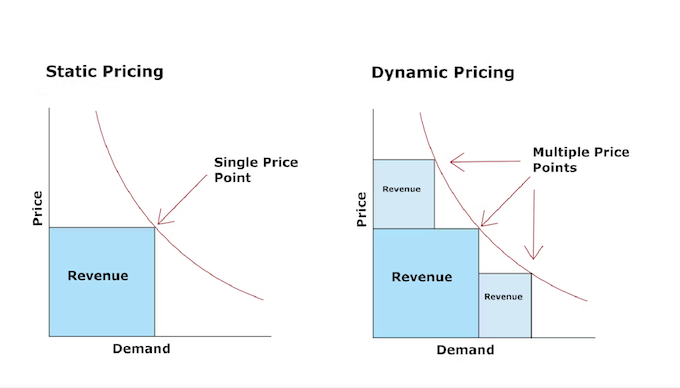
Dynamic pricing is one strategy that can help you manage your pricing across multiple locations. Image source
You’ll also have a different set of parameters on your end. Your operating costs will differ, competition may be stiffer or weaker, and you’ll have to account for the time it takes to gain traction in a new market.
All of these factors require an evaluation of your pricing and offerings. Do your research before you open the new location so you can craft a strategy in advance. Then, solicit feedback from new customers to understand how and where you can adjust.
Referrals can be a vital source of growth in any business: 32% of verbal referrals result in sales. In an industry where customers entrust you with the care of their homes, positive word of mouth can be even more impactful than your traditional sales outreach.
Ideally, you have multiple sources of referrals from past customers and partnerships you’ve forged with other service providers. You can’t rely solely on your old network to vouch for you when you open new locations. Establishing a referral network in new geographies is crucial for your credibility and growth in the new area.
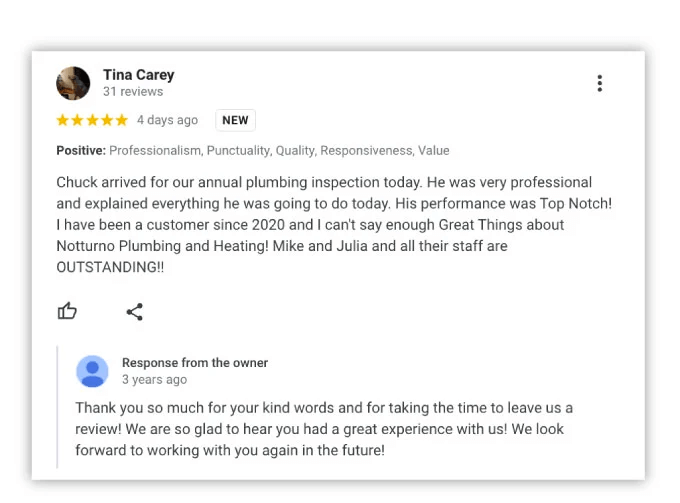
Once you’ve set up your new local listings profile (like we discussed for new location marketing), you can direct new customers to leave reviews there and build up your local profile.
It also pays to hit the pavement and connect with service providers in your new area. These partnerships can be mutually beneficial and are a great way to strengthen ties to your community.
Adding new locations will invariably mean an influx of customers. You need to ensure your systems are able and set to scale with you. If you’ve been reliant on systems best suited to a single-location business, now’s the time to switch to something that meets your new needs and can grow with your business.
Take a look at your customer service systems and strategies, including your:
If any systems or processes will struggle to scale, it’s time to bid them farewell. Keep in mind that many scalable systems will have integrations so you may be able to find a CRM that has a deal with a lead aggregator that can give you a boost. Do your research when you’re looking to scale.
Additional locations means more leads. If you don’t have a plan for managing communications with new faces, you’re leaving a lot of dollars on the table.
Only 2% of sales are made at the first contact; 80% of sales require five or more attempts at outreach.
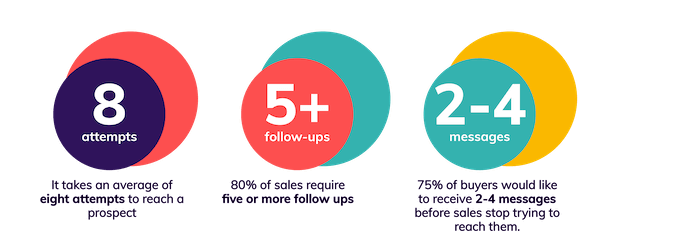
It’s nearly impossible for a human to juggle multiple instances of outreach to a flood of incoming requests across several business locations. That’s why automating the process and exploring AI tools is vital!
Using tech to create a steady cadence for outreach and follow-up can help you secure more contracts across your multiple locations.
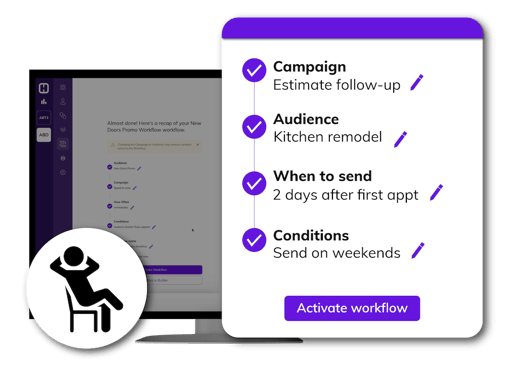 Automating your sales outreach and follow-up spares reps from hours of calling and tracking and frees them up to focus on the folks who are responding.
Automating your sales outreach and follow-up spares reps from hours of calling and tracking and frees them up to focus on the folks who are responding.
Becoming a multi-location business opens up incredible revenue growth opportunities. It also introduces complications. You suddenly have more overhead costs, additional employees to pay and manage, and a wider region you’re responsible for serving.
You must juggle day-to-day operations while watching big-picture business data and trends. Be sure to avoid bypassing planning, be open to new cost approaches, don’t silo your reporting, and don’t forget about new local tax laws.
The best time to address revenue mistakes is before you make them!
Planning prior to opening your multi-location business—including doing market research, drafting a business plan, and undertaking pricing optimization exercises—can help you develop projections for your revenue and costs so you know what you’re getting yourself into.
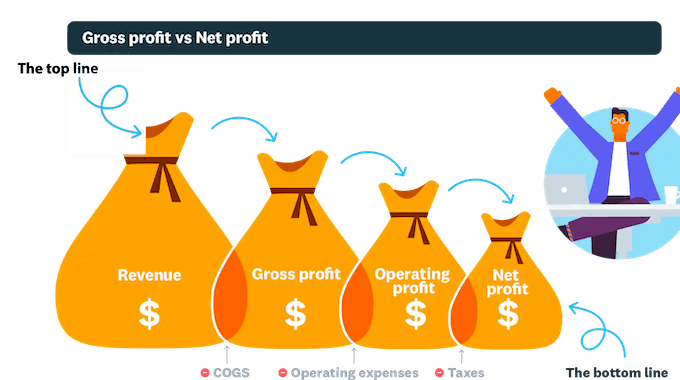
Particularly when you’re opening up additional locations, there will be a ramp-up period before you reach your full revenue potential. Factor that into your planning so you don’t fall short in your early days of operation.
To maximize your profit, you need to ensure you’re controlling your costs. When you open multiple locations, costs become more complicated. Sometimes, it will make sense to use one service provider across locations. Other times, it’s more cost-effective to work with different partners.
Before you open additional locations, review all your major expenses. Some areas to consider include:
Speak to your existing service providers to see if they can offer discounts if you expand your contract. Look into other providers, too, to see if they have a better solution for your new location. You may switch providers for all locations or use different partners at each site.
This task is time-consuming but results in untold savings for your business and higher ROI–—a worthwhile endeavor!
Once you become a multi-location business, it’s time to reassess your financial reporting. You want to strike the right balance between considering your business as a whole and identifying strengths or weaknesses unique to each location.
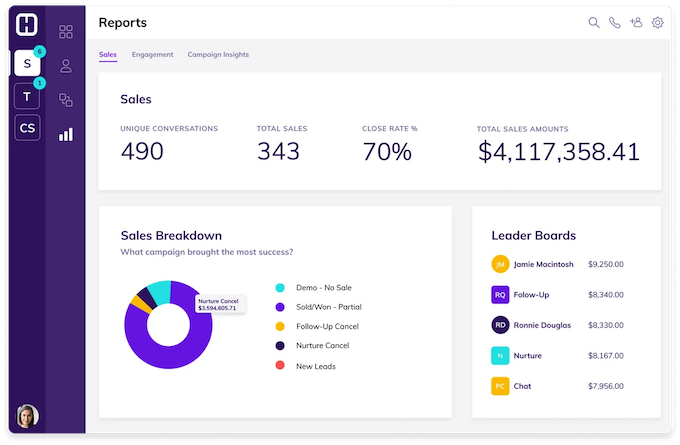
Using tools that allow you to assess the financial status of your business as a whole, then slice and dice data by location, sales rep, campaign, etc., is vital to understanding how things are going.
Financial reporting gets strenuous quickly, so it’s wise to speak with an expert to establish clear processes and frameworks for assessing your business’s revenues and costs.
Ask your accounting professional to help you create a system that allows you to see financials across the entire business, not just one location. Then drill down with apples-to-apples comparisons across locations so you can easily spot differences and plan around it.
If your business operates multiple locations across state lines, you need to examine your taxes closely. Tax laws vary from state to state, so you may see impacts on your gross revenue tax, sales tax, employee withholding requirements, fees and licenses, as well as your taxes as a business owner.
Understanding what kind of taxes you’ll need to pay–and budgeting appropriately for support from a CPA, attorney, and payroll company–is vital to properly managing your business. Tax considerations impact your operating costs, and if you make a mistake on your taxes, you could face fines or late fees.
We’re not attorneys or tax experts, so we recommend you speak to the pros to understand the full financial implications of operating in a new state and across states.
Planning is an essential part of successfully launching a multi-location business. Focusing on the positives is wonderful, but recognizing potential mistakes is integral to comprehensive, responsible planning.
By watching for these common missteps, you’re taking extra care to set your multi-location business up for success!
To sum it up, here are the multi-location business mistakes to avoid
Looking to expand and grow your revenue streams? Learn the key considerations and steps to successfully become a multi-location service business.
We've rounded up the best HVAC blogs, forums, and associations to help you grow your business and career. Learn design, installation, marketing,...
Explore the best home improvement marketing strategies and our top tips to lock in growth this year—with SEO, paid ads, customer service, and more!
Be the first to know about new sales and marketing insights to grow your messaging strategy with leads and customers.